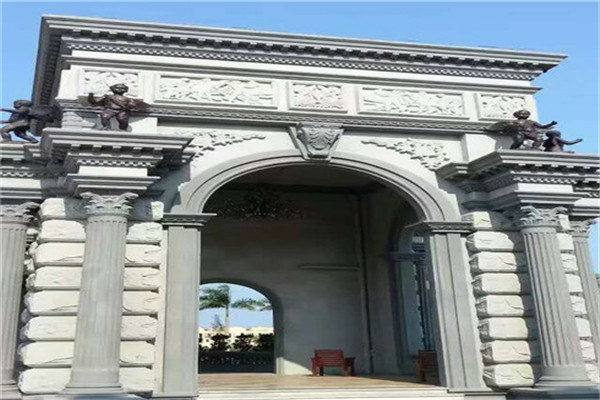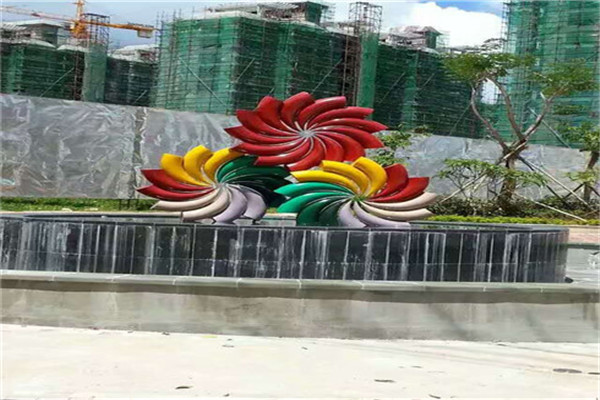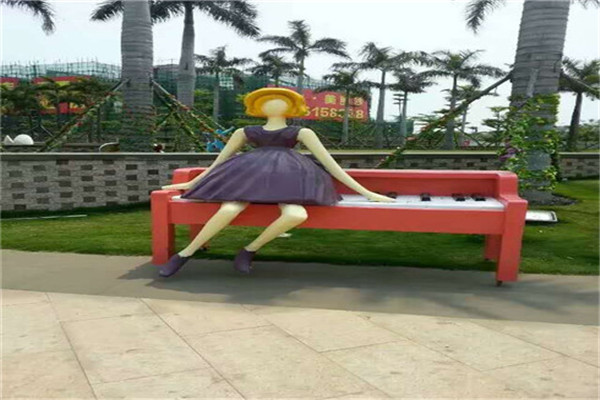
EPS decorative components are mainly used for door jambs, window jambs, cornice lines, waist lines, court columns and other parts of villas, European style residential quarters, hotels and commercial streets. It was first widely used in Europe, America and other countries in the 1980s, and it is an epoch-making upgrade product of traditional components. EPS components are made of high-strength flame-retardant polystyrene as the matrix, alkali resistant glass fiber mesh cloth as the middle layer, and the outer layer is compounded by inorganic anti-aging polymer emulsion. The product is light and impact resistant. High strength, excellent water resistance, good toughness. EPS decorative line can prevent fire without emitting toxic substances, and is an environmentally friendly high-quality product. Multiple varieties and models (such as lines, Roman columns, insulation boards, decorative pieces, etc.) can be installed on the four sides of windows, door edges, hall wrapped columns, cornice lines and wall bodies; It can also be sprayed with personalized paint color on the surface, and can also be made into a cultural effect of imitation stone, making the facade of the building more beautiful, and bringing new and different ideas to architectural designers.

Exterior wall decorative panel is a new type of integrated material for building exterior wall decoration and insulation developed in recent years, which is composed of polyester baking paint or fluorocarbon paint, carved aluminum zinc alloy steel plate, polyurethane insulation layer and glass fiber cloth; It is mainly used for exterior wall decoration and energy-saving reconstruction of gymnasiums, libraries, school and hospital office buildings, villas and other buildings; The main functions are building decoration, heat preservation, energy conservation, heat insulation, sound insulation, waterproof and mildew proof. The metal surface decorative insulation board is a large external hanging wall board produced in industrialization. It has good durability and low maintenance cost due to dry installation construction. It integrates the external wall insulation and decoration functions, conforms to the development direction of building energy conservation "modularization" technology, and is an advanced technology vigorously promoted in the field of external temperature protection technology of building walls in China.

Micro carving is a kind of carving technique that is good at small and fine. Chinese micro sculpture has a long history. Miniature carvings appeared in oracle bone inscriptions as far back as the Shang Dynasty. During the Warring States Period, the seal was as small as millet, but the seal was divided into white and black. Wang Shuyuan's Nuclear Boat Story, which is widely known, is also a classic work of micro sculpture in Chinese history. The art of seal cutting is the basis for the emergence and development of micro carving art. Since the Ming and Qing Dynasties, many literati and scholars have used iron pen to write and paint in the seal, to express their interest and entertain themselves. After Shoushan Stone became the seal material, the micro carving art of Shoushan Stone began to appear. At the beginning of the Qing Dynasty, Yang Xuan and Diaobin both carved small characters in the remote patterns of Shoushan stone carvings. Lin Qingqing, a master of "Ximen Boyi School" carving, often wrote his name and the date of production in the grass and stone crevices of the carved works with extremely fine pens. Later, some people carved ancient poems with extremely fine characters on the four sides of the square pillars of the seal as margin. In the 1960s, with the application of advanced scientific instruments such as magnifiers in the field of micro sculpture, micro sculpture art became a new and unique art. The words carved in the works are smaller and smaller, and the content is more and more. Microcarvings pay special attention to the selection of materials. The texture of the Hainan EPS component stone is required to be absolutely pure, and there should be no sand grid and half silk cracks, because half of the sand dot may be engraved with more than 10 Chinese characters. Secondly, the micro carving knife is also a special thin knife, which should be sharp and sharp. Third, it is necessary to have a particularly proficient knowledge of calligraphy and traditional Chinese painting. When carving, you can carry out "free engraving". Fourth, hold your breath and concentrate on your thoughts on the spot. Fifth, the knife should be handled steadily, accurately and ruthlessly. Only in this way can calligraphy and knife technique be perfectly unified. The art of micro sculpture is "art in micro". The more subtle it is, the more refined its kungfu is, and the higher its value is. Microcarving is also an art that pays great attention to the picture and organization, which is "intended to be refined". The sculptor of micro sculpture should first have a deep knowledge of calligraphy and painting. Although the micro sculpture is too small to be recognized with the naked eye, it is still very exquisite under the magnifying glass, such as large calligraphy works.

Wood carving is a kind of sculpture, which is often called "folk craft" in our country. Wood carving can be divided into three categories: three-dimensional round carving, root carving and relief carving. Wood carving is a kind of work separated from carpentry, which is classified as "fine carpentry" in our country. Folk art varieties classified by carving materials. Generally, the tree species with fine and tough texture and not easy to deform are selected, such as nanmu, red sandalwood, camphor wood, cypress, ginkgo, agarwood, mahogany, longan, etc. The tree root carving art in natural form is called "tree root carving". Wood carving has round carving, relief carving, engraving or several techniques. Some are also painted to protect wood and beautify it. Generally speaking, tools for wood carving creation, such as saws, wood files, chisels, carving knives, flat shovels, axes, wood drills, wood hammers, planes, etc., can be used for root carving creation. In addition, you also need basic tools such as scissors (scissors for pruning), knives, brushes, sandpaper (cloth), coarse and fine cloth, cotton yarn, rope, etc. During special processing, such as fire roasting, steaming, and insect prevention, some tools are also needed, which can be used in general families instead of other tools.

Lacquer carving is a traditional handicraft in China, also called red carving. Its technique began in the Tang Dynasty, and its process is extremely complex. Paint, tire The process of polishing and polishing is complicated and takes a long time, so large lacquer carvings are also extremely expensive, Kunming GRC Building In ancient times, it has always been the furnishings of royal families and nobles. Lacquer carving is a technique to carve patterns on stacked flat lacquer bodies. It was introduced into Beijing during the Yuan and Ming Dynasties. Through the painstaking research of lacquer carving artists, the lacquer carving technique has gradually become perfect and mature, and lacquerware has become a handicraft with Beijing characteristics. Beijing lacquer carving is as famous as Hunan Hunan embroidery and Jiangxi Jingdezhen porcelain, and has been known as the "Three Professors of Chinese Arts and Crafts" for many years, GRC Building manufactor Lacquer carving is favored by lacquer carving art lovers at home and abroad for its unique craft, exquisite and beautiful shape without losing a sense of solemnity.





